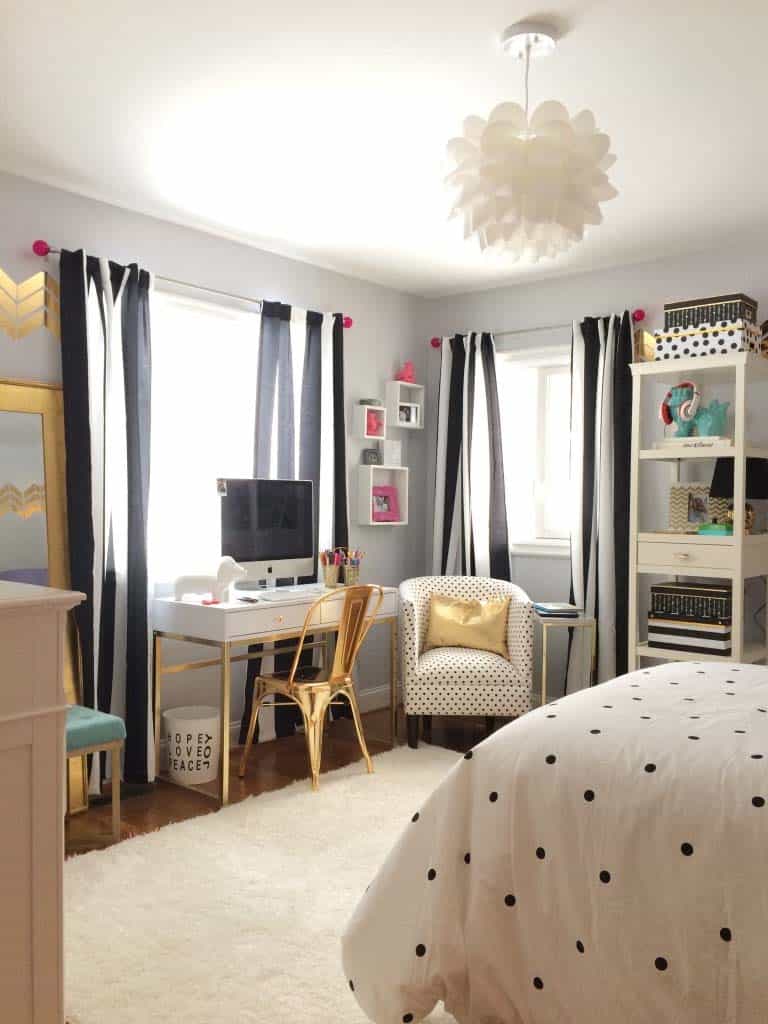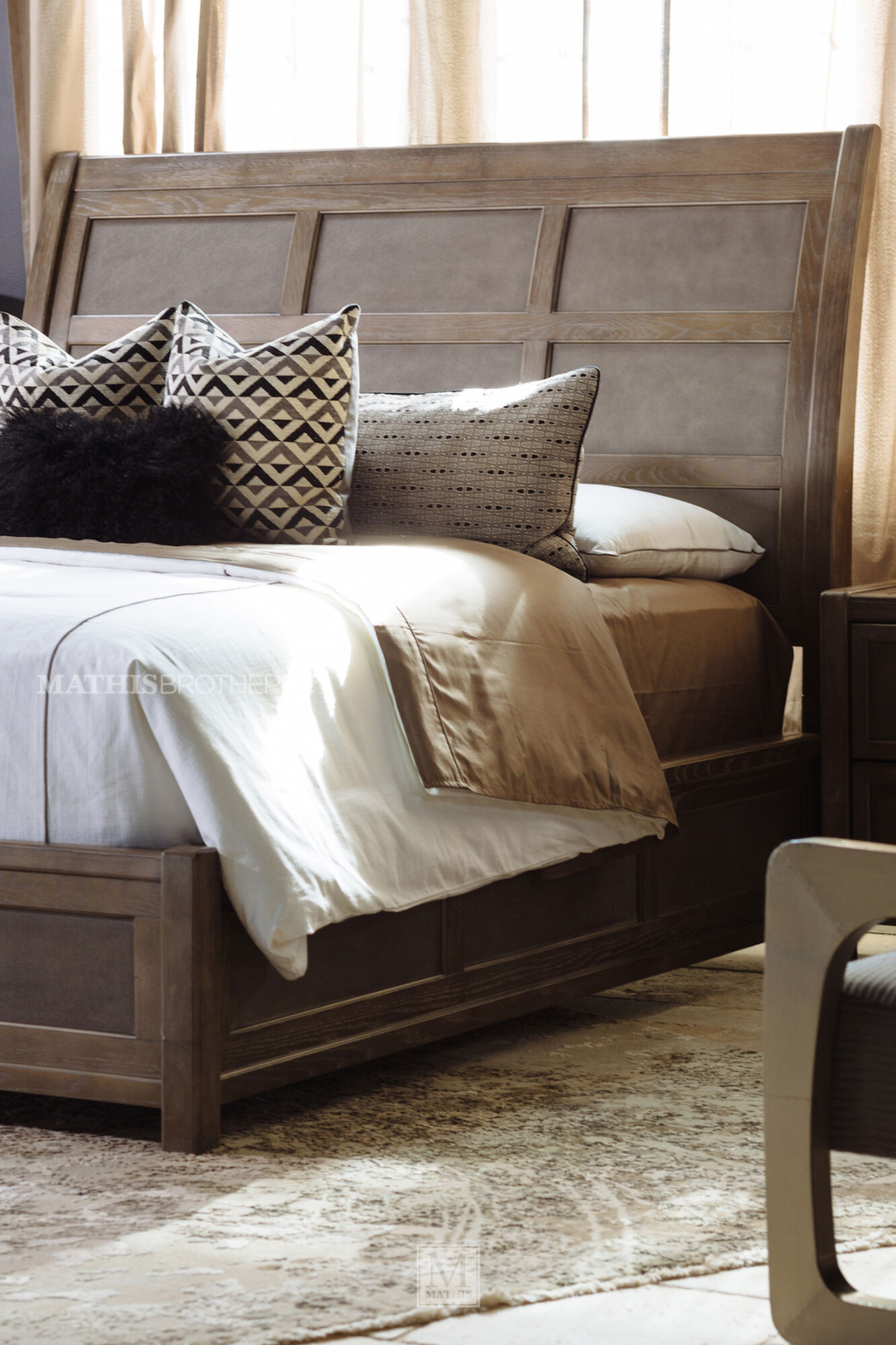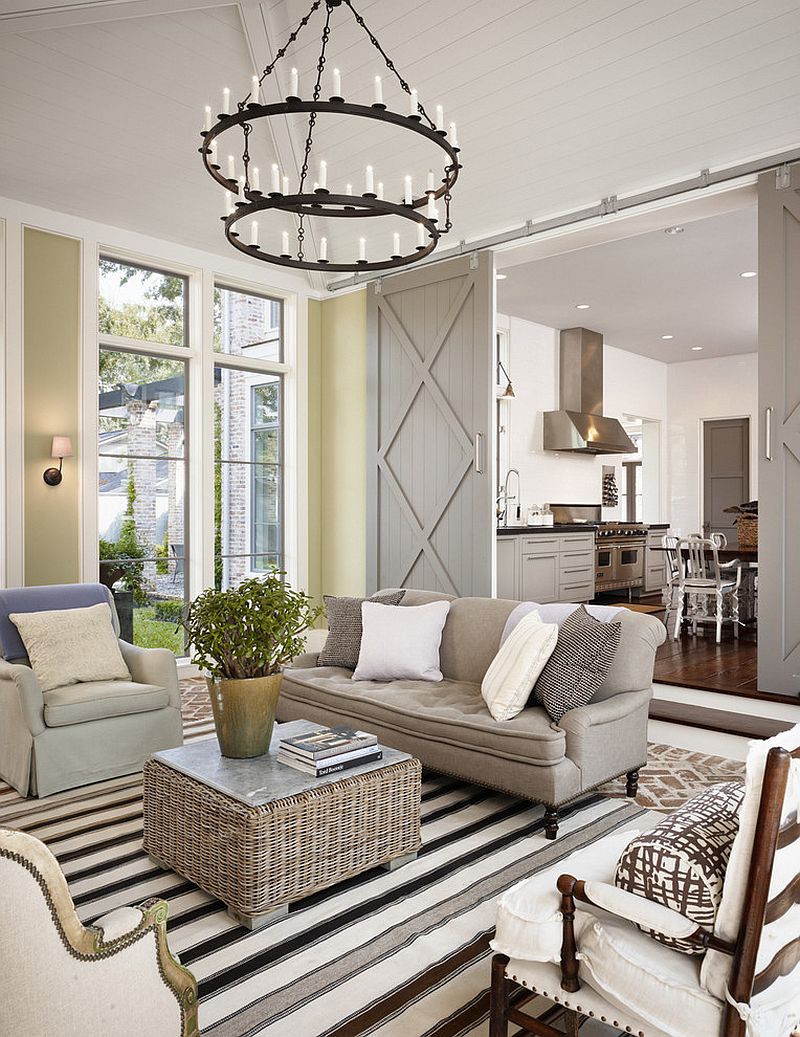Whether it’s a large planting of mixed plants, polished row of hedges, or some tall potted plants, don’t be afraid to play around with ideas. Leyland cypress is a popular privacy fence choice.
Screening With Plants, They are also less dense, creating a hazy screen that allows glimpses through it. Plants for screening include pleached hornbeam trees to form a top layer and evergreen conifer hedges at midlevel, plus low boxwood borders to define planting beds.

What are the fastest growing screening plants? Page 2 of screening plants listings. Most bamboo plants can grow to over 98 feet in length and have a diameter of 12 inches. Leyland cypress is a popular privacy fence choice.
[from exterior worlds] a wall of cypress trees borders a houston patio.
Most of the medicinal plants contain active constituents which needs further screening for its use as antimicrobial substance. As long as the screen achieves the desired effect and looks attractive, anything goes. Plants are a great way to create privacy and screening and can even draw the eye towards a specific feature in the garden. Material to be separated and filtered. Plants for using plants to interrupt views can be a way of drawing the eye towards a specific feature, or a practical solution for blocking an unsightly view. They are also less formal, and can change with the seasons, which means they give interest throughout the year.
 Source: thegardenglove.com
Source: thegardenglove.com
Screening and hedging are very similar concepts, with one notable difference: Plants for screening include pleached hornbeam trees to form a top layer and evergreen conifer hedges at midlevel, plus low boxwood borders to define planting beds. Screening plants are wonderful in any garden thanks to their ability to block out unsightly and unwanted elements such as neighbours, sheds, rubbish.
 Source: pinterest.de
Source: pinterest.de
233 listings, new and used, track or wheeled, multiple decks, screeners for separating topsoil, compost, rock, mulch, sand, gravel, aggregate, wood chips, loam, and more. Plants that can be used to create a screen or barrier are much in demand, and with so many plants marketed as screening plants it can become a little difficult sometimes to select the right.
 Source: artificialplants.com.au
Source: artificialplants.com.au
Plants have always been used to create shelter, offer privacy or screen out unwanted views, define boundaries and divide the space within. They are also less dense, creating a hazy screen that allows glimpses through it. Our most popular screening trees and shrubs for privacy include bamboo plants, photinia red robin as shrubs or trees, laurels such as prunus laurocerasus.
 Source: topbambooproducts.com
Source: topbambooproducts.com
Some, such as bamboo and grasses, are dynamic, rustling gently in the wind. Most of the medicinal plants contain active constituents which needs further screening for its use as antimicrobial substance. Automation is essential in situations where large amounts of plant matter are carried by the water and arrive all at once at the bar screen, tending to mat the.
 Source: wcmanet.org
Source: wcmanet.org
Full sun to part shade. Many plants can become screens. Leyland cypress is a popular privacy fence choice. Our most popular screening trees and shrubs for privacy include bamboo plants, photinia red robin as shrubs or trees, laurels such as prunus laurocerasus or prunus lusitanica for hedging, ligustrum trees and shrubs, leylandii for hedging, evergreen oak as trees or shrubs,.
 Source: pinterest.co.uk
Source: pinterest.co.uk
The layered strategy is particularly effective at creating maximum screening in a compact space. Screening plants grow swiftly, provide privacy, and elevate the look of a home. Most of the medicinal plants contain active constituents which needs further screening for its use as antimicrobial substance. Choose from one of these fast growing popular tried and proven screening plants. Screens with.
 Source: transplant.com.au
Source: transplant.com.au
Whether your goal is to plant a screen to create privacy, reduce noise, or block an unsightly view, these practices are recommended to. Prioritize native plants and avoid invasive ones such as bamboo and japanese barberry. This could be from dropping their leaves or from being spaced further apart at planting. The layered strategy is particularly effective at creating maximum.
 Source: centenarylandscaping.com.au
Source: centenarylandscaping.com.au
Material to be separated and filtered. Our most popular screening trees and shrubs for privacy include bamboo plants, photinia red robin as shrubs or trees, laurels such as prunus laurocerasus or prunus lusitanica for hedging, ligustrum trees and shrubs, leylandii for hedging, evergreen oak as trees or shrubs, holly varieties such as ilex aquifolium or ilex cornuta for hedging, magnolia.
 Source: greenearth-landscapes.com
Source: greenearth-landscapes.com
Different deck bar spacing allows the separation of material into different sized products. Another important consideration is the environmental sensitivity requirements that your bamboo screening plants might need over time. All plants differ in growing requirements, some require shade others sun, some need moisture and others are drought tolerant, however other factors. Qld, nsw, act, vic, tas, sa & wa..
 Source: thegardenglove.com
Source: thegardenglove.com
They provide shade and a softened visual wall for privacy. Plants have always been used to create shelter, offer privacy or screen out unwanted views, define boundaries and divide the space within. They are also less formal, and can change with the seasons, which means they give interest throughout the year. A variety of options are provided in the list.
 Source: kingco.co.uk
Source: kingco.co.uk
Choose from one of these fast growing popular tried and proven screening plants. Most of the medicinal plants contain active constituents which needs further screening for its use as antimicrobial substance. They take up less space than a hedge, so are a good choice for smaller gardens and courtyards. Finally, deciduous plants are included for situations where summer screening for.
 Source: artificialplants.com.au
Source: artificialplants.com.au
Qld, nsw, act, vic, tas, sa & wa. They take up less space than a hedge, so are a good choice for smaller gardens and courtyards. This could be from dropping their leaves or from being spaced further apart at planting. Because this plant grows tall and narrow, it’s perfect for planting in a row to create a screen, as.
 Source: homestolove.com.au
Source: homestolove.com.au
They are also less dense, creating a hazy screen that allows glimpses through it. Whatever the reason, time taken in choosing the plants for the purpose will pay. [from exterior worlds] a wall of cypress trees borders a houston patio. So, choosing the bamboo plant for a screen based on size is a personal preference. Most of the medicinal plants.
 Source: tulsalandscapers.net
Source: tulsalandscapers.net
Material to be separated and filtered. This could be from dropping their leaves or from being spaced further apart at planting. Because this plant grows tall and narrow, it’s perfect for planting in a row to create a screen, as shown by the patio space below. Plants that can be used to create a screen or barrier are much in.
 Source: instanthedge.com
Source: instanthedge.com
Screening plants grow swiftly, provide privacy, and elevate the look of a home. Qld, nsw, act, vic, tas, sa & wa. This could be from dropping their leaves or from being spaced further apart at planting. There’s nothing like the tall, stately silhouette of a cypress tree. Plants for using plants to interrupt views can be a way of drawing.
 Source: bambooplantshq.com
Source: bambooplantshq.com
They provide shade and a softened visual wall for privacy. Plants for screening include pleached hornbeam trees to form a top layer and evergreen conifer hedges at midlevel, plus low boxwood borders to define planting beds. Most bamboo plants can grow to over 98 feet in length and have a diameter of 12 inches. Qld, nsw, act, vic, tas, sa.
 Source: decoist.com
Source: decoist.com
Full sun to part shade. Plants for screening include pleached hornbeam trees to form a top layer and evergreen conifer hedges at midlevel, plus low boxwood borders to define planting beds. Studies reported that secondary metabolites such as alkaloids, flavonoids, tannins, terpenoids that are present in these plants might confer to its antimicrobial activity (gayathri gunalan et. Material to be.
 Source: pinterest.co.uk
Source: pinterest.co.uk
Our most popular screening trees and shrubs for privacy include bamboo plants, photinia red robin as shrubs or trees, laurels such as prunus laurocerasus or prunus lusitanica for hedging, ligustrum trees and shrubs, leylandii for hedging, evergreen oak as trees or shrubs, holly varieties such as ilex aquifolium or ilex cornuta for hedging, magnolia grandiflora full. There are many benefits.

Choose from one of these fast growing popular tried and proven screening plants. Qld, nsw, act, vic, tas, sa & wa. Some, such as bamboo and grasses, are dynamic, rustling gently in the wind. Whether your goal is to plant a screen to create privacy, reduce noise, or block an unsightly view, these practices are recommended to. Material to be.
 Source: diyselfy.blogspot.com
Source: diyselfy.blogspot.com
Plants are a great way to create privacy and screening and can even draw the eye towards a specific feature in the garden. Prioritize native plants and avoid invasive ones such as bamboo and japanese barberry. Leyland cypress is a popular privacy fence choice. Screening plants grow swiftly, provide privacy, and elevate the look of a home. Most bamboo plants.
 Source: homestratosphere.com
Source: homestratosphere.com
Choose from one of these fast growing popular tried and proven screening plants. A variety of options are provided in the list below. All plants differ in growing requirements, some require shade others sun, some need moisture and others are drought tolerant, however other factors. Our most popular plants used for screening are: Plants for using plants to interrupt views.
 Source: omglifestyle.com
Source: omglifestyle.com
Plants that can be used to create a screen or barrier are much in demand, and with so many plants marketed as screening plants it can become a little difficult sometimes to select the right plant. 233 listings, new and used, track or wheeled, multiple decks, screeners for separating topsoil, compost, rock, mulch, sand, gravel, aggregate, wood chips, loam, and.
 Source: pinterest.com
Source: pinterest.com
Leyland cypress is a popular privacy fence choice. Most bamboo plants can grow to over 98 feet in length and have a diameter of 12 inches. Plants are a great way to create privacy and screening and can even draw the eye towards a specific feature in the garden. Plants for screening include pleached hornbeam trees to form a top.
 Source: gardenmandy.com
Source: gardenmandy.com
Screens with a variety of plants are more resilient to diseases, pests, and climate challenges. [from exterior worlds] a wall of cypress trees borders a houston patio. Screening plants grow swiftly, provide privacy, and elevate the look of a home. Material to be separated and filtered. Finally, deciduous plants are included for situations where summer screening for privacy is the.
 Source: thespruce.com
Source: thespruce.com
Plants are a great way to create privacy and screening and can even draw the eye towards a specific feature in the garden. Leyland cypress is a popular privacy fence choice. Full sun to part shade. Whether it’s a large planting of mixed plants, polished row of hedges, or some tall potted plants, don’t be afraid to play around with.








